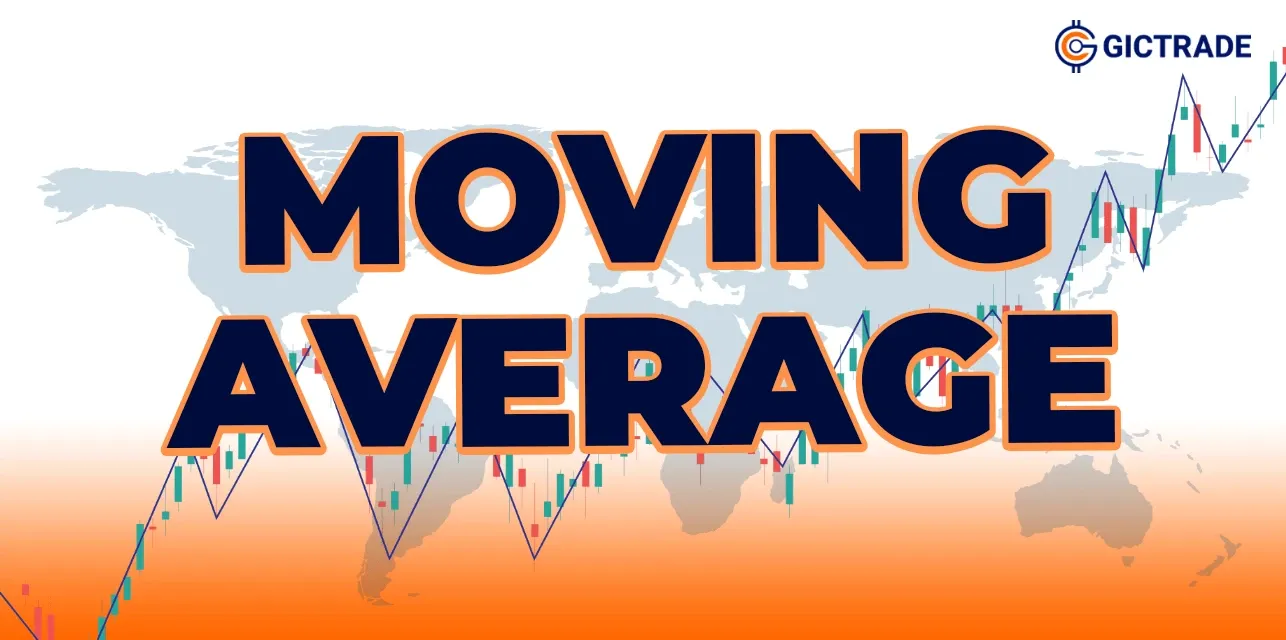
Getting to Know What Moving Average (MA) Is
Moving average in finance is a stock indicator that is commonly used in technical analysis. The reason for calculating the moving average of a stock is to help smooth out price data by forming an average price that will continue to be updated. By calculating the moving average, the impact of short-term random fluctuations or short-term fluctuations on stock costs over a certain period of time is mitigated. Moving average is a simple technical analysis tool to smooth out cost data by creating an average price that is always updated. The average is taken over a certain period of time, such as: 10 days, 20 minutes or 30 weeks, and also the time period chosen by the trader. There are advantages to using moving averages in your trading, and there are options about the type of moving average you will use. The moving average strategy is popular and can be adapted to any time frame, according to short-term and long-term trader investors.Differences Between Types of Moving Averages
There are types of moving averages, you can see the differences between each type below:Simple Moving Average
A simple moving average (SMA) is a calculation of the average of a selected price estimate, usually the closing price, with a number of periods in the estimate. SMA is an arithmetic moving average that can be calculated by adding the most recent prices and then dividing that number by the number of time periods in the calculation average. For example, one can season the closing prices of a security over several time periods and then give this total by the total number of the same periods. Averages on short time frames respond quickly to changes in the price of the underlying security, while averages on long time frames are slower to respond.High School Formula

Where : An = Price of an asset at period n n = Total number of periods n For example, here is how you would calculate a simple moving average of a security with the following closing prices over a 15-day period. Week One (5 days): 20, 22, 24, 25, 23 Week Two (5 days): 26, 28, 26, 29, 27 Week Three (5 days): 28, 30, 27, 29, 28 A 10-day moving average would average the closing prices over the first 10 days as the starting or first data point. The next data point would take the earliest price and add the price of the 11th day. Then take the average, and so on. Likewise, a 50-day moving average would collect enough data to average the data from 50 consecutive days on a rolling basis. A simple moving average is customizable because it can be calculated for multiple time periods. This is done by forwarding a security’s closing price over a number of time periods and then dividing the total by the number of time periods, which gives the security’s average price over that time period. The SME smooths out volatility and also makes it easier to see trends in the price of a security. If the SME is pointing up, the security’s price is growing. If it is pointing down, the security’s price is falling. So the longer the moving average, the smoother the simple moving average. Shorter-term moving averages are more volatile, but they are more closely related to the source data. Exponential Moving Average (EMA)
The exponential moving average gives more weight to recent prices in the process, making it more responsive to new information. In calculating the EMA, the simple moving average (SMA) over a given period is first calculated. Then a multiplier is calculated for the EMA weight, known as the "smoothing factor," which generally follows the formula: [2/(selected time period + 1)]. For a 20-day moving average, the multiplier is [2/(20+1)]= 0.0952. The smoothing factor is combined with the previous EMA to arrive at the current value. The EMA thus gives more weight to recent prices, while the SMA gives equal weight to all values.
The formula for EMA is:

Where : EMAt = EMA of today Vt = Value of today EMAy = EMA of yesterday s = Smoothing d = Sum of days
Simple Moving Average (SMA) vs. Exponential Moving Average (EMA)
The calculation for EMA will give more emphasis to the most recent data points. Therefore, EMA will be considered as a weighted average calculation. In the image below, the number of periods used in each average is 15, but EMA responds faster to price changes than SMA. EMA has higher values when price is rising than SMA and decreases faster than SMA when price is falling. This responsiveness to price changes is the main reason why some traders prefer to use EMA over SMA.
That's all the explanation about moving average. Also read other GIC articles, such as the explanation of Trading Course, only in GIC Journal. Make sure, download and don't forget to register to be able to trade with GIC.
 Last:
Last: 







